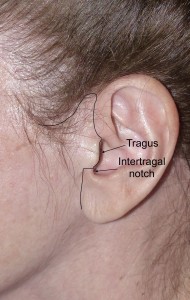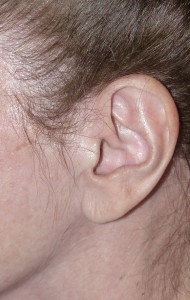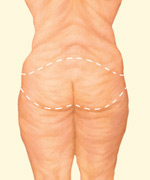One of the concerns frequently expressed during the initial facelift consultation is that of the appearance of the scars following the surgery. Although Dr. Forley uses different facelift techniques that are customized to the needs of the patient, all facelifts share an incision that is located in the front part of the ear. In some cases, the incision will extend behind the ear. Key components that are used in the design of the anterior incision enable it to heal as a minimally apparent scar.


An incision that is designed to follow the natural curves of the ear will heal in a manner that is most inconspicuous as it blends with the contour of the ear. In contrast, a straight line incision in front of the ear will be very visible to the eye as it clashes with the ear curves adjacent to it. In addition, a portion of the scar is hidden when the incision is designed to follow the edge of the tragus rather than placed in front of it. When exiting the tragus, the incision is located to preserve the intertragal notch to further enhance the natural appearing result of the surgery.
In many cases, part of the incision is located at the edge of the sideburn hairline. Dr. Forley preserves the deep hair follicles by angling his blade as he makes this incision. This technique enables the hair to grow through the scar as it heals making it virtually undetectable.
There are many factors that can affect the final appearance of a scar but it is essential to start with the proper design.
Tags: Aging, facelift, Facial Aging, Plastic Surgery, rhytidectomy, scars, smas facelift
Written by Dr. Forley on December 27, 2015




